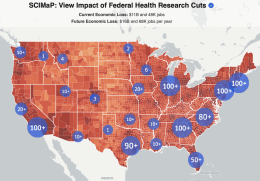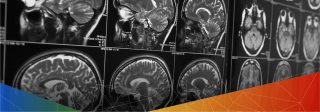
Communication Neuroscience Lab
Our mission is to increase health and happiness for people and the planet.
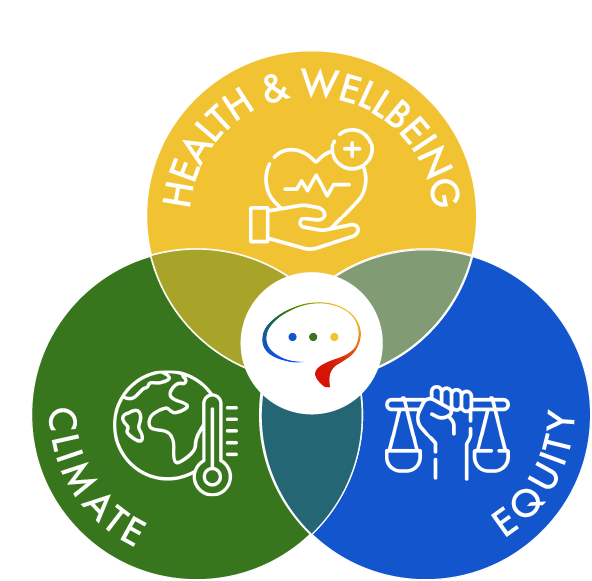 The Communication Neuroscience Lab is an interdisciplinary group whose mission focuses on catalyzing communication that increases health and happiness and reduces suffering by gaining insight into how people coordinate, bond, and influence one another. Major areas of work include health and wellbeing, climate action and resilience, and equity.
The Communication Neuroscience Lab is an interdisciplinary group whose mission focuses on catalyzing communication that increases health and happiness and reduces suffering by gaining insight into how people coordinate, bond, and influence one another. Major areas of work include health and wellbeing, climate action and resilience, and equity.
We view communication as key to solving society’s most pressing problems. It is at the center of health and happiness — being connected to others has enormous benefits for mental and physical wellbeing, and both healthy and unhealthy behaviors spread through social networks. Communication and coordinated action are also key for solving many of society’s most pressing problems, like climate change.
Photo Credit (top image): iStock / Movus

Our Research
We use a unique set of tools from biological, social, and network sciences to motivate people to make choices that are good for themselves, their communities, and the planet.
Featured Projects
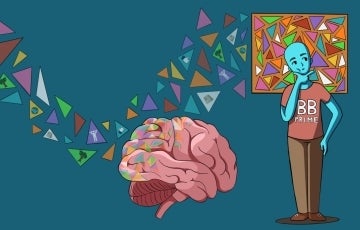
Brain-based Prediction of Message Effectiveness (BB-PRIME)
Integrating data from a large subject sample, we are exploring the causal relationships between message features, message sharing, and behavior change, as well as exploring the impact of cross-cultural factors.
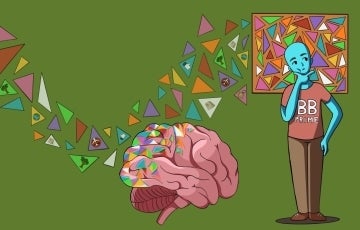
BB-PRIME Phase II — Climate Change Interventions
How can we motivate people to share information about climate change and take action to address it? We’re testing and comparing psychological interventions using an intervention tournament approach to identify which strategies work best, and for whom.

GeoScan Smoking Study
We aim to help prevent cancer by understanding how tobacco marketing influences the brains of smokers, taking into account where they encounter it in their daily lives using a mixture of Ecological Momentary Assessment (EMA; many short surveys throughout the day), geolocation tracking, and brain scanning.
Video
Get to know members of our lab and their work.

Youth Voter Turnout: Annenberg Expert Unpacks the Issue
Voting in an election helps shape the government to work on their behalf. However, the majority of U.S. youth don’t vote regularly.







